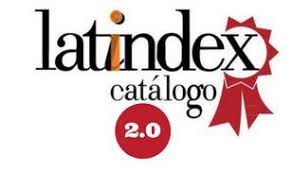Return to density: Typological hybridization as an urban tool. Julio Cano Lasso and Hilberseimer
Keywords:
typologies, urban design, territory, new cities, urban plansAbstract
This text illustrates the possibilities that the widely-used architectural design tool of typology can offer for urban planning. The example employed for this purpose represents the paradoxical convergence of Julio Cano Lasso´s urban approaches in defense of the traditional city, and the principles of American disurbanism. This convergence is expressed in the Tres Cantos urban development project to the north of Madrid.
In this urban plan, a fishbone-shaped typology is adopted as established by Hilberseimer in his "settlement units", which would serve both to restructure American cities and create new suburban regions along the interstate highway system.
Using Hilberseimer's typology as a structural foundation, the Madrid-born architect Julio Cano Lasso produced a hybrid with other typologies of European urban heritage. He achieved the synthesis of two antagonistic traditions, thereby exemplifying the ability of typological hybridization to vary or even completely subvert the characteristics of an urban typology without losing its essential identity.
Downloads
Downloads
Published
How to Cite
Issue
Section
License
The content of articles which are published in each edition of Habitat Sustentable, is the exclusive responsibility of the author(s) and does not necessarily represent the thinking or compromise the opinion of University of the Bio-Bio.
The author(s) conserve their copyright and guarantee to the journal, the right of first publication of their work. This will simultaneously be subject to the Creative Commons Recognition License CC BY-SA, which allows others to share-copy, transform or create new materials from this work for non-commercial purposes, as long as they recognize authorship and the first publication in this journal, and its new creations are under a license with the same terms.![]()























